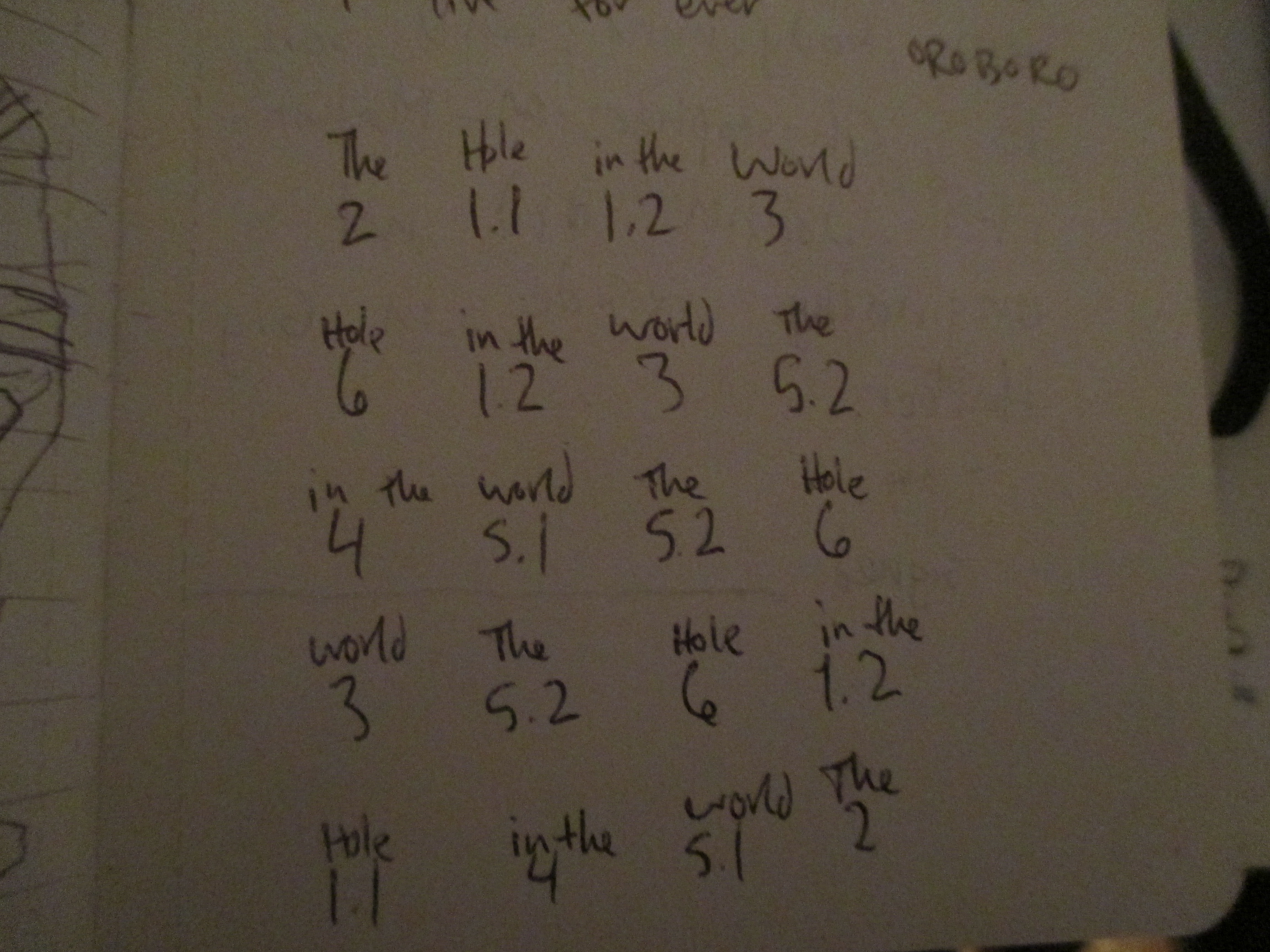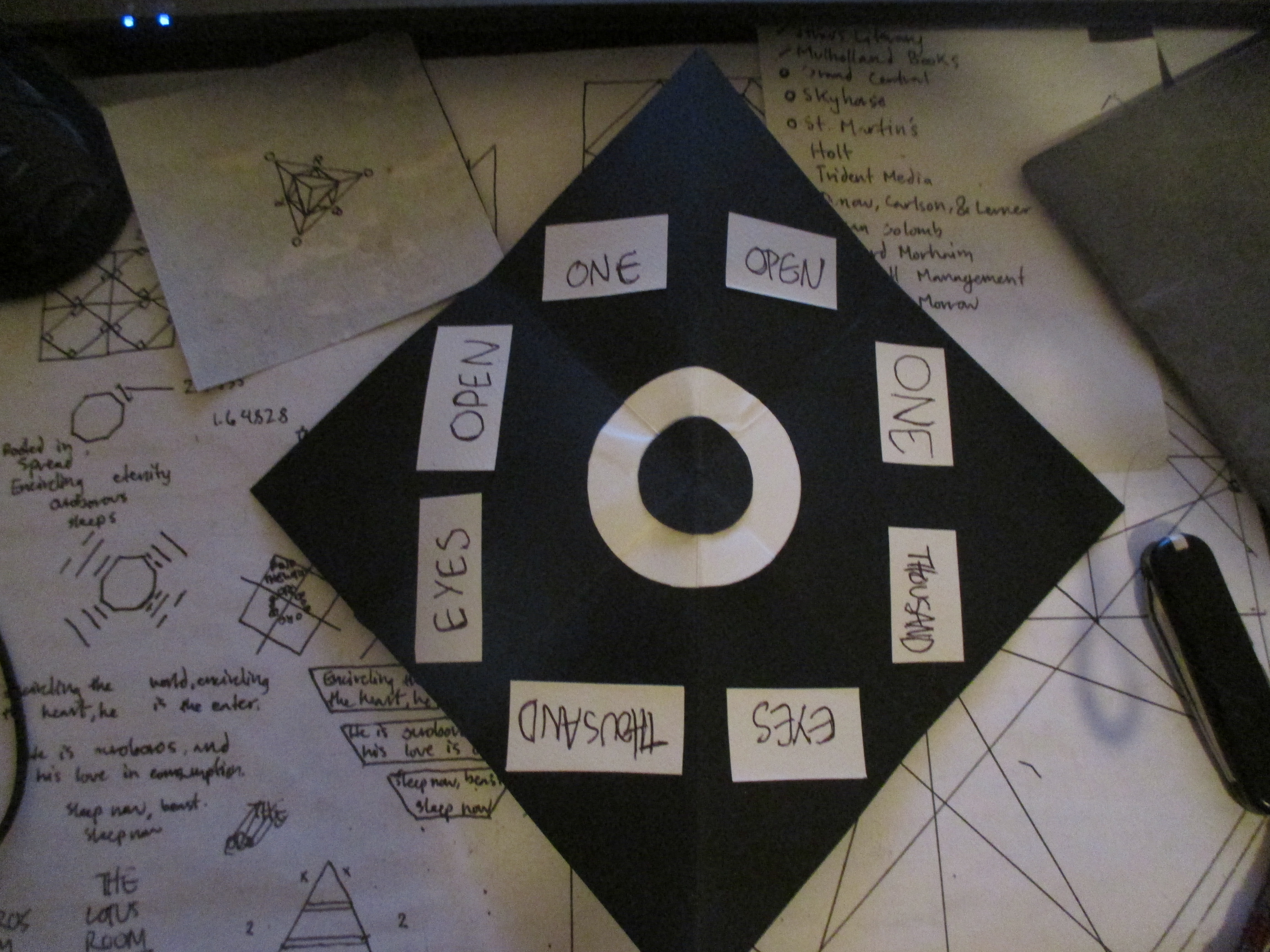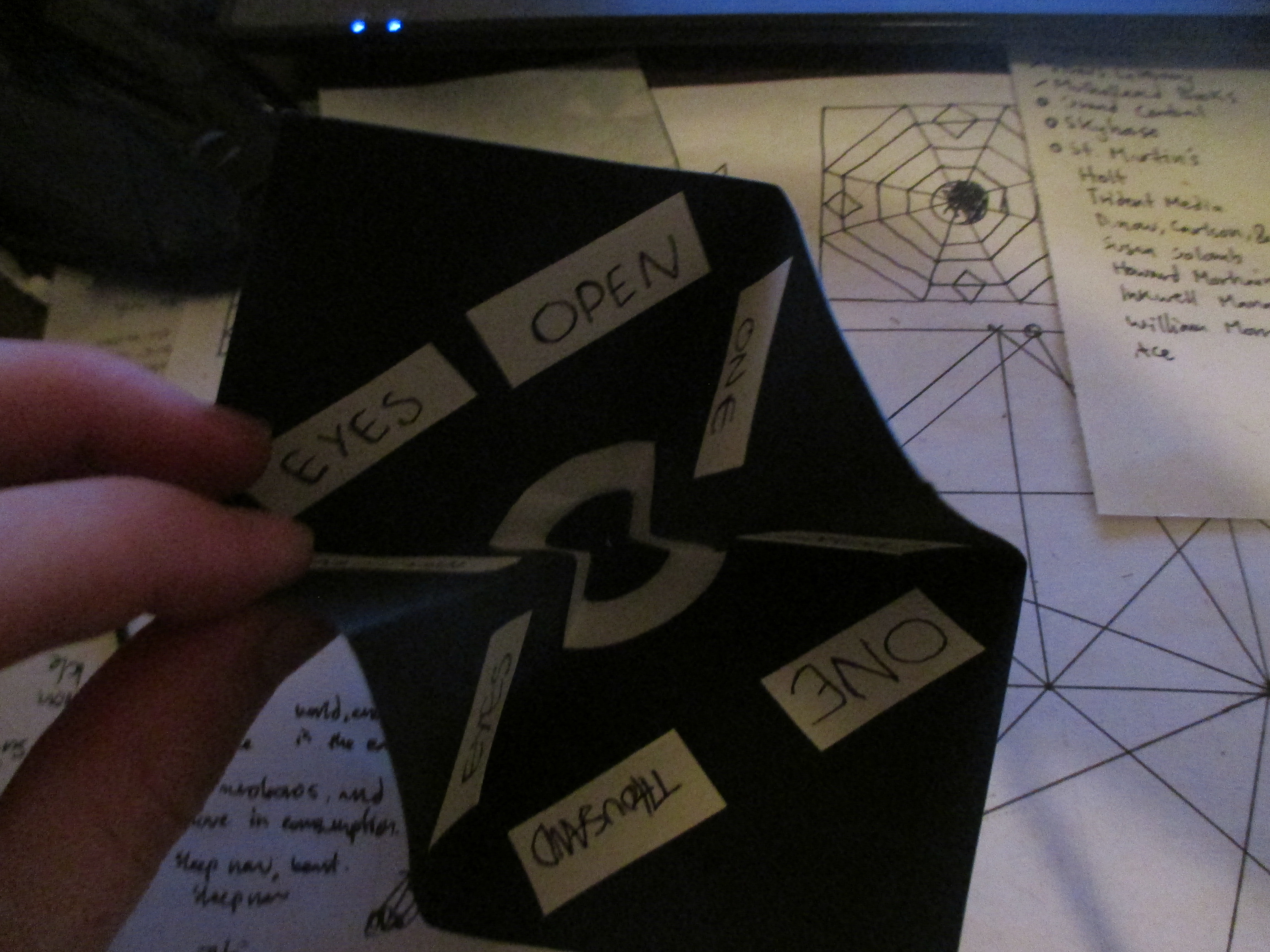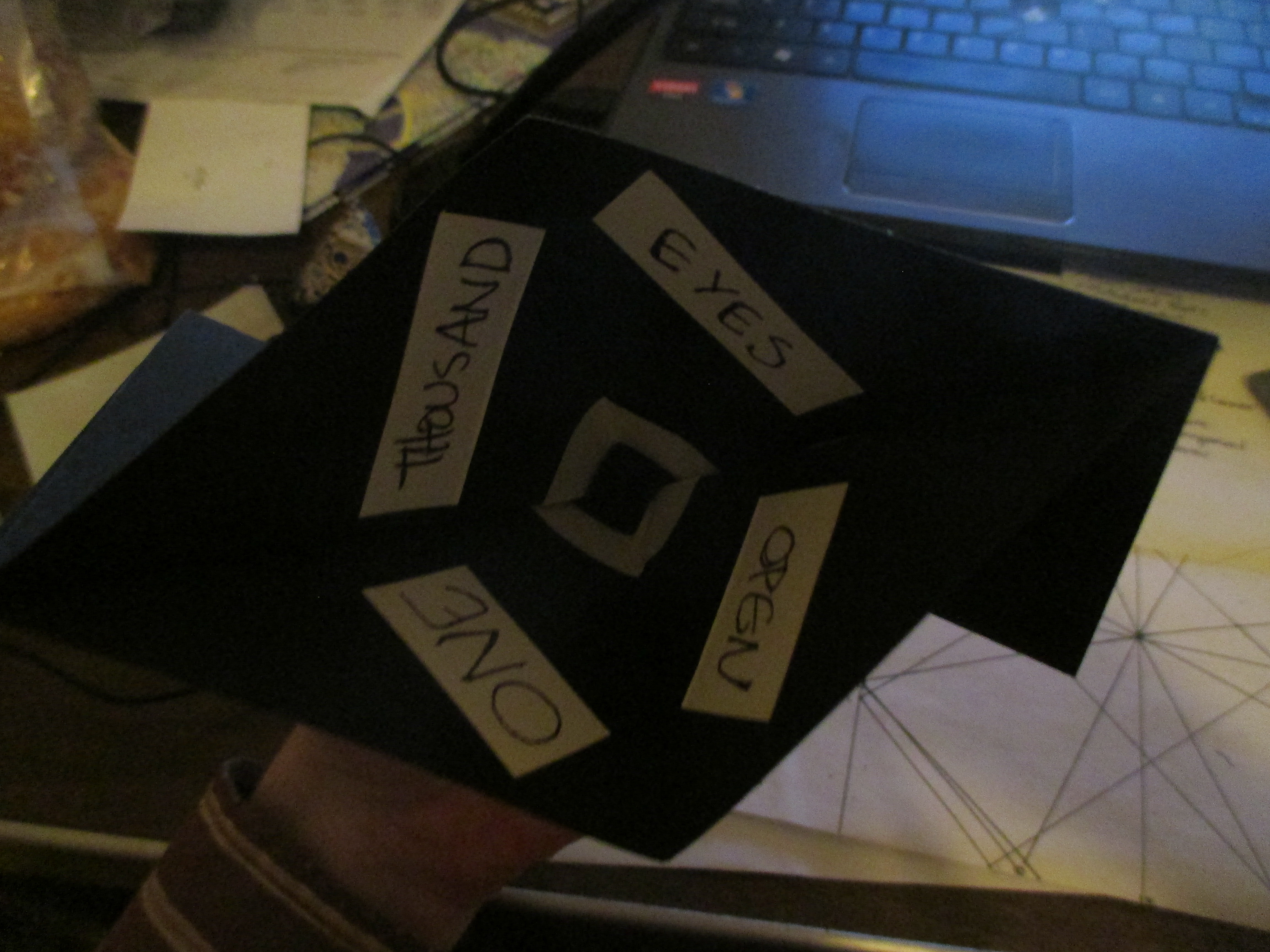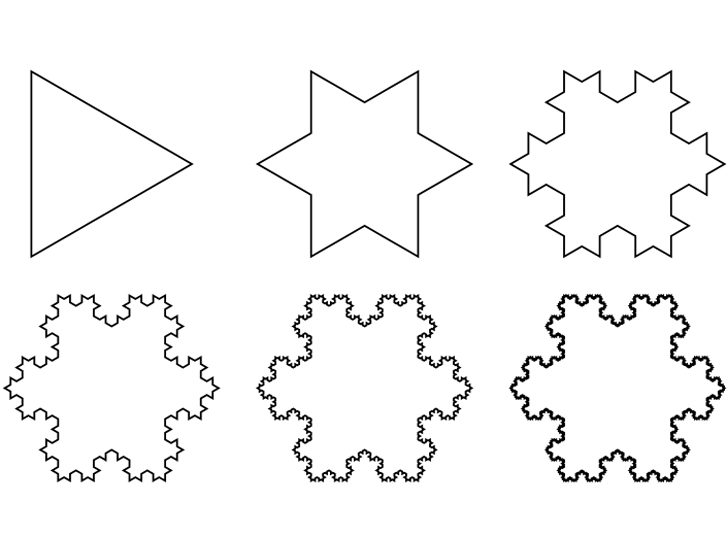When it comes to theoretical mathematicians and Zen Buddhists, I obey Terry Pratchett’s Rule One. As stated in Thief of Time, Rule One is: “Do not act incautiously when confronting a little bald wrinkly smiling man.” As it turns out, wrinkly bald men make up a disproportionate number of history’s half-mad visionaries. Makes sense, I guess. It takes a lifetime to unravel the mysteries of the universe, and enlightenment, truth, and insanity all live in the same neighborhood. The majority of people who visit that neighborhood seem to come back with armfuls of all three, just not in equal quantities. So you get a lot of bald, wrinkly, smiling people speaking very calmly while wearing tea cozies on their heads.
The Bodidharma, the angry, bearded man who founded Zen, is surrounded by tales of random violence, catatonia, and trolling Emperors. John Nash, the mathematician portrayed in A Beautiful Mind, claimed that his schizophrenia allowed him to achieve his fantastic insight into geometry and game theory. Bobby Fischer, chess grandmaster, played some of the deepest games in history, distilling thousands of patterns into beautiful movements, then retreated into hermitage for almost two decades.
Geniuses. Masters. Madmen. Explorers from the farthest regions of experience. Don’t fuck around with them.

Enlightenment, truth, and insanity all played parts in the creation of the first real project of the Occult Triangle Lab, the origami starburst book, “Apotheosis.” In my stories, drafts, and notes, one of the phrases I use to describe godhood is “A thousand eyes open,” which is a way to express omniscience. Hinduism has a similar idea, with a thousand arms signifying omnipotence. For my next project in Art of the Book, I wanted to make something that expressed omniscience. I found a book about basic origami folds, and began experimenting with starburst books. After playing around with where to put type, I realized that you could cover up some of the words depending on how you folded the starburst. Soon, I started experimenting with words in different places, then mapping the patterns.
I realized that, if placed correctly, the book would always read “ONE THOUSAND EYES OPEN.” I also cut out and glued a folding paper eye in the center of the book. The end result was that, no matter how you folded or unfolded the book, the eye was watching, and the words stayed the same.
“Apotheosis” was made from thick, coverweight paper, which is difficult to score, even with a bone folder. You have to hold it like a vise when it bends. As I was folding and measuring the book, I started thinking about perfection, about margins of error, and what it would take for all of the folds to line up exactly. Every time you fold origami, you can see the imperfections starting to surface , the tiny deviations from symmetry.
I think about what my high school science teacher Mr. Powell told us in Chemistry. Mr. Powell was the nerdiest, most sleep-inducing teacher I’d ever had. He looked like Mr. Rogers, and he had exactly three jokes that he would tell each year, like clockwork. But one day, he held up a cheap wooden ruler and stretched his thumb and forefinger across one inch.
He said “If numbers are really infinite, then you would be able to divide this inch into smaller and smaller portions forever. There would be an infinity in this inch.”
Then he widened his fingers so they stretched across two inches.
“That would mean the infinity in two inches would be a larger infinity. How can there be larger and smaller infinities?”
And he just let us think about that.
When you fold origami, your folds are always off. You could bring that error down to a hair’s breadth with practice, maybe even less. You could shave the little imperfections down forever, getting closer and closer to zero. You’ll never make it. You’re whittling down infinities.
It’s a frightening thing to think that there are infinities in the strands of your hair and the spaces between the treads of tires. What would it be like to look around you and see the world as it is, expanding in all directions, building up from the microscopic and the atomic levels? Or to look at the horizon and see the waves of ultraviolet and infrared light coming off a roiling ball of world-shattering fusion? “Apotheosis” was built around the idea of omniscience, but you can see how omniscience opens the door to terror and insanity. I think anyone who wants to “open their mind to the universe” has to realize the immensity on the other side of that door, then realize that it all exists in the space of one inch.
I ended up on my high school’s Knowledge Bowl team, with Mr. Powell as my coach. I saw him after school for practice every week, and he turned out to have a very wry , sarcastic sense of humor. I started hearing stories about him: he had been offered teaching positions at several universities, and even a job working at NASA, back in the day. He had turned them down to teach science at Mark Morris High School.
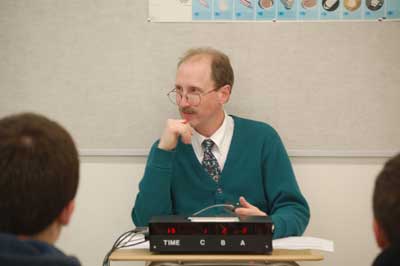
Only later did I learn that Mr. Powell’s ruler demonstration was called Zeno’s Paradox, crafted by an ancient Greek, Zeno of Elea, to back up the claim that all change was an illusion.
Only later did I realize that Mr. Powell was a smiling, wrinkly bald man.

